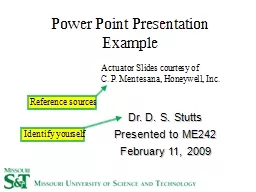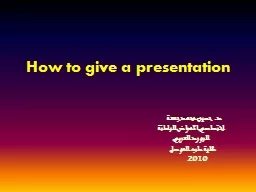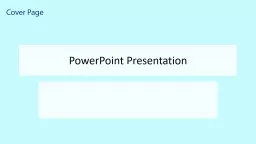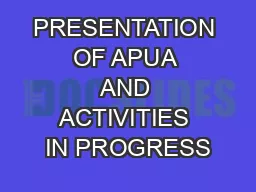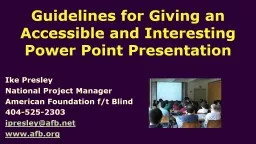PPT-Power Point Presentation
Author : test | Published Date : 2015-11-22
Example Dr D S Stutts Presented to ME242 February 11 2009 Actuator Slides courtesy of C P Mentesana Honeywell Inc Identify yourself Reference sources Technical
Presentation Embed Code
Download Presentation
Download Presentation The PPT/PDF document "Power Point Presentation" is the property of its rightful owner. Permission is granted to download and print the materials on this website for personal, non-commercial use only, and to display it on your personal computer provided you do not modify the materials and that you retain all copyright notices contained in the materials. By downloading content from our website, you accept the terms of this agreement.
Power Point Presentation: Transcript
Download Rules Of Document
"Power Point Presentation"The content belongs to its owner. You may download and print it for personal use, without modification, and keep all copyright notices. By downloading, you agree to these terms.
Related Documents

